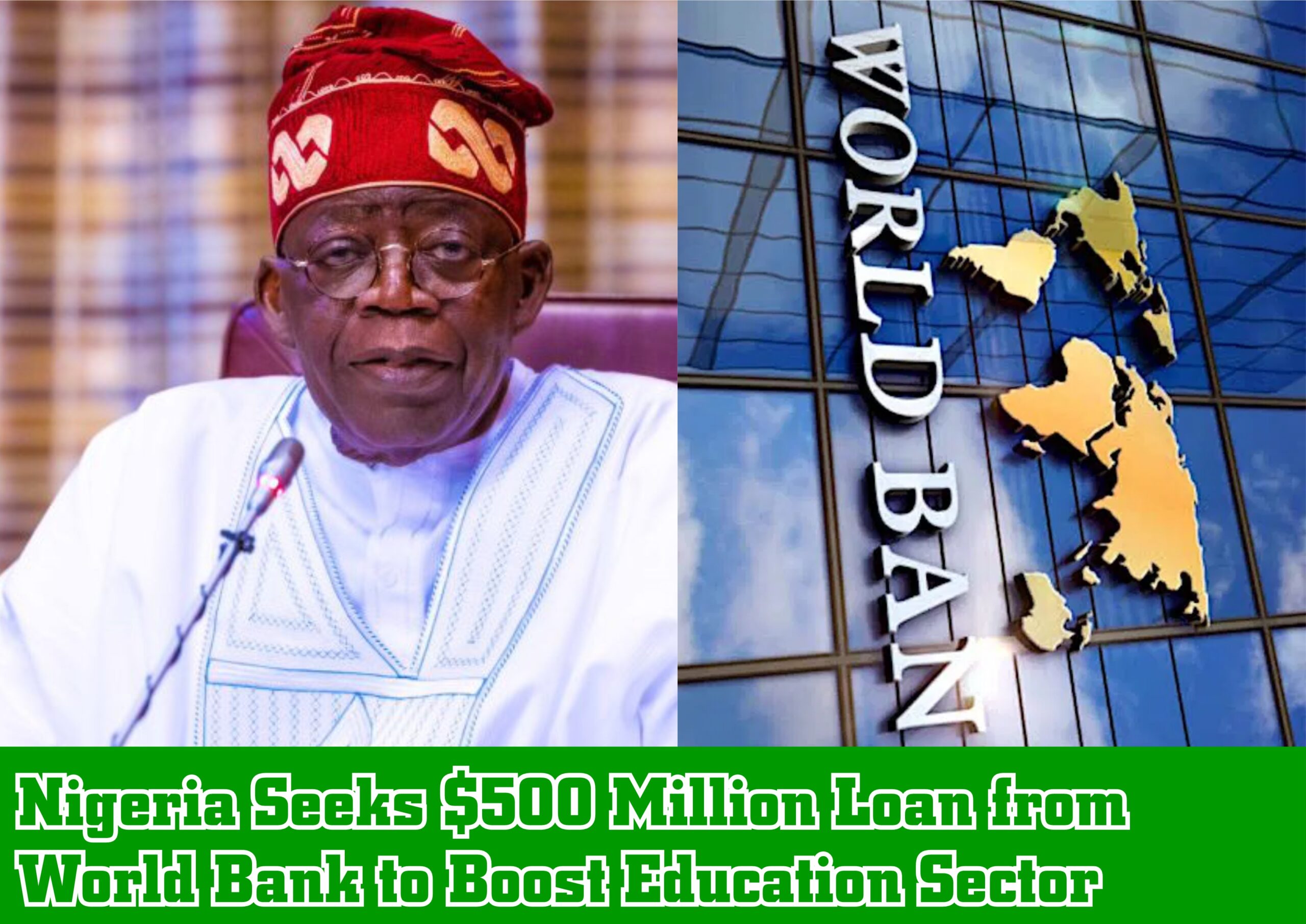The Nigerian government is seeking a $500 million loan from the World Bank to shore up its basic education sector. The loan, part of broader World Bank support for Nigeria, was approved in September 2024.
These funds will be used to improve educational infrastructure, train teachers, and increase student output in various ways, with particular emphasis on those areas that are found to be backward. Therefore, the World Bank has also added a further $570 million for the HOPE-PHC program, earmarked for strengthening health facilities toward primary healthcare services.
Loan Objectives
The $500 million loan is estimated to generally ameliorate Nigeria’s ailing basic education sector. With the loan, the government will be investing in:
- Infrastructure Development: Constructing and rehabilitating classrooms, especially in rural areas where there is an acute shortage of learning facilities.
- Teacher Training: Providing relevant training and professional development to teachers to contribute to better teaching.
- Student Learning Outcomes: Ensuring special intervention programs for enhancing literacy and numeracy levels of students at school, especially in primary schools.
These goals are in line with the more general goals of Nigeria on the enhancement of the quality of education and increasing access to schooling for a growing number of children throughout the country.
Broader Economic Context
While this facility is meant for a pressing need, at a time when Nigeria is faced with critical economic challenges, following the removal of fuel subsidies earlier in 2024, it was promised that such savings would be channeled into the improvement in public services in the sphere of education, health, and job opportunities.
But this heavy reliance upon external borrowing has brought up questions as the national debt of Nigeria continues to grow.
Critics, however, indicate that while borrowing to finance productive sectors such as education was beneficial, the country had fallen into a trend of using loans for recurrent expenses like salaries and debt servicing whose returns do not lead to economic growth.
Public Reaction and Concerns
Various groups and economists have raised alarm at the increase in Nigeria’s debt burden, from the Petroleum Products Retail Outlets Owners Association of Nigeria to others. Their serious argument has strongly criticized the government approach against frequent borrowing.
According to Dr. Joseph Obele, the National Publicity Secretary for PETROAN, while there had been assurances of better times ahead immediately after the subsidy removal, Nigeria has remained in a position where she relies on loans instead of using internal savings to invest in key areas.
These increasing debt levels have raised fears of inflation and reduced fiscal flexibility, with Nigeria’s ability to repay loans becoming increasingly difficult absent significant improvements in revenue generation. In fact, this pattern of borrowing to repay old debts, rather than investing in areas that will enhance the economy’s productivity, is dangerous and threatens the undermining of long-term economic stability.
Future Implications
While the loan is to be formally disbursed by March 2025, many stakeholders anticipate seeing the implementation of the funds. For this loan, the Nigerian government has maintained that it will go a long way in enhancing education, thus translating into better human capital development in the future. However, some observers have remained skeptical about how the funds will be used, since Nigeria has a poor history of managing borrowed funds.
If properly implemented, the $500 million loan could bring much-needed relief to Nigeria’s education sector that will improve millions of children in accessing better quality education.
Yet, some broader economic risks linked to growing debt, poor fiscal management, and potentially higher inflation are significant concerns.
In summary, as much as the World Bank loan serves as an avenue to ameliorate the dire conditions faced within the education sector of Nigeria, the country is supposed to strike a balance between using foreign loans for development and maintaining care in order not to fall into the trap of over-indebtedness.








